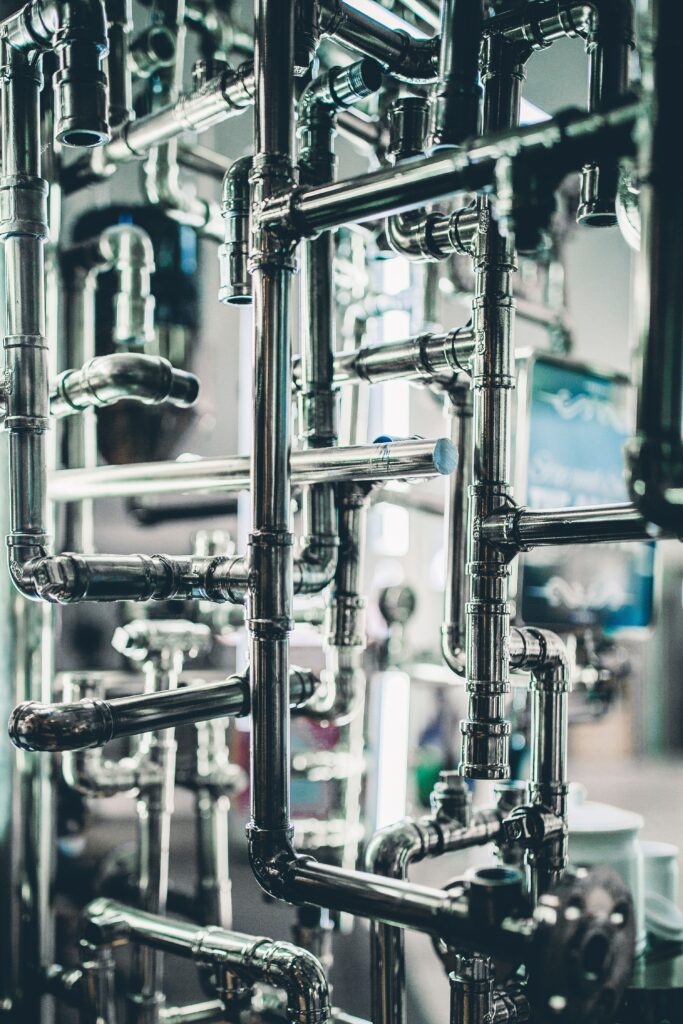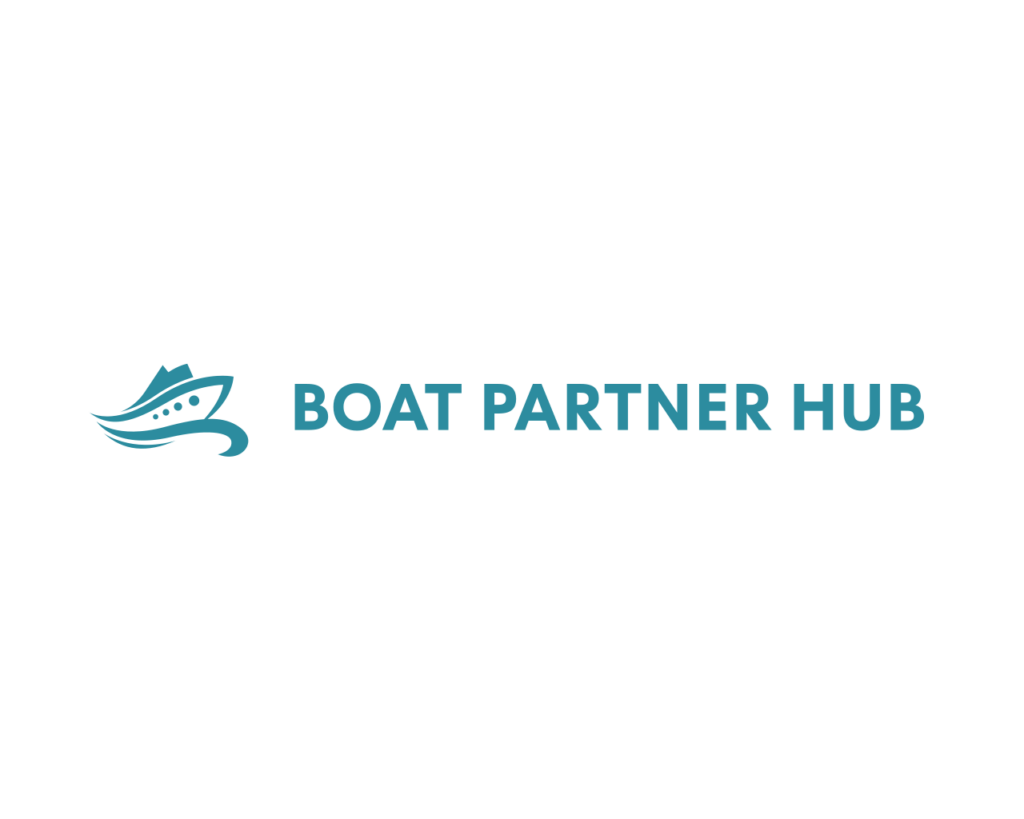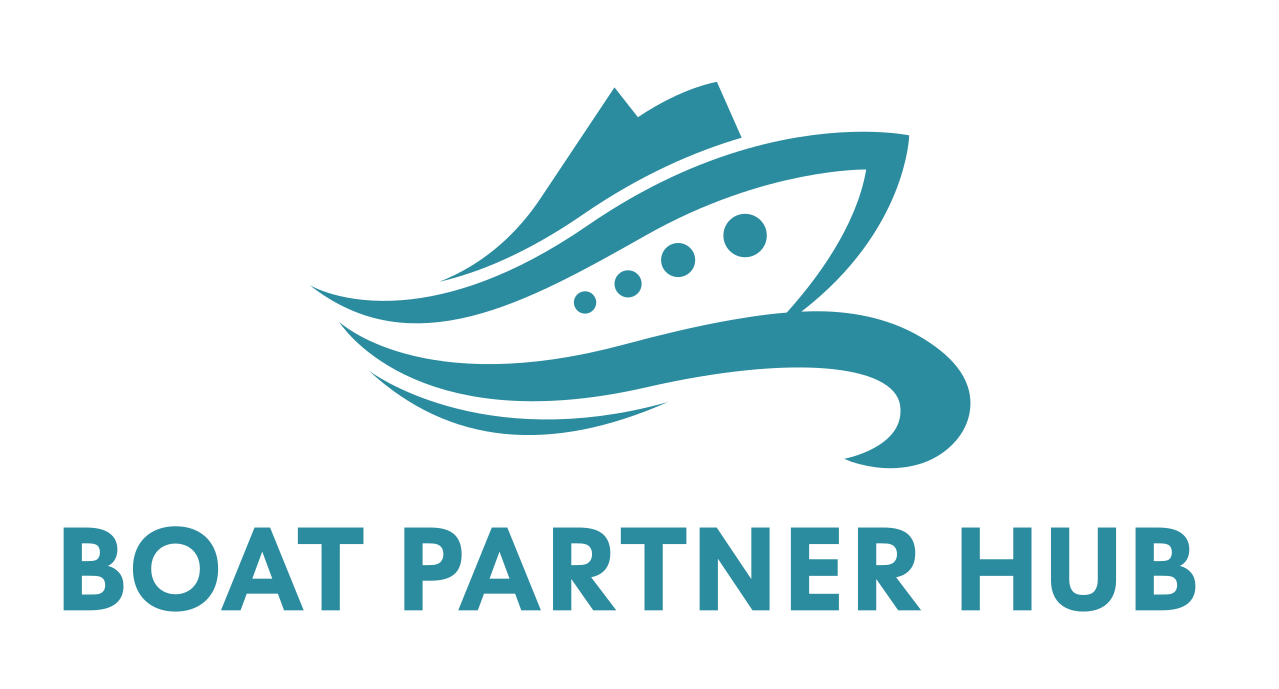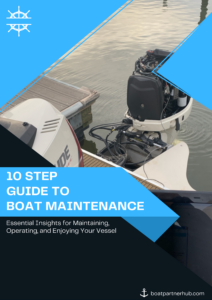Blog
DIY Boat Plumbing

Seamless Flow: Mastering DIY Boat Plumbing for Efficient Water Systems
A properly functioning plumbing system is essential for the comfort and functionality of any boat. From freshwater supply to waste disposal, understanding and maintaining your boat’s plumbing system is crucial for a smooth and enjoyable boating experience. While boat plumbing can seem daunting, tackling certain tasks as a DIY project can save you time and money. In this article, we will provide you with practical tips and step-by-step instructions for DIY boat plumbing, allowing you to handle common plumbing issues and even make improvements to your boat’s water system.
1. Know Your Boat’s Plumbing System
Familiarize yourself with the layout and components of your boat’s plumbing system. Locate the freshwater tank, water pumps, faucets, drains, and waste holding tanks. Study the plumbing diagrams and labels to identify different components and connections.
2. Regular Inspection and Maintenance
Perform regular inspections of your boat’s plumbing system to identify any signs of leaks, blockages, or wear. Check all hoses, fittings, and connections for tightness and security. Address any issues promptly to prevent further damage and water wastage.
3. Dealing with Leaks
Leaks are a common plumbing issue on boats. If you encounter a leak, follow these steps to address it:
- Step 1: Turn off the water supply or close the affected valve to stop water flow to the leaking area.
- Step 2: Identify the source of the leak and inspect the affected hose, fitting, or connection for damage or loosening.
- Step 3: Tighten loose connections or replace damaged components as necessary.
- Step 4: Test the repaired area to ensure the leak has been resolved.
4. Replacing Hoses and Fittings
Over time, hoses and fittings may deteriorate or become damaged. When replacing them, use marine-grade hoses and fittings that are designed to withstand the marine environment and resist corrosion.
5. Upgrading Your Water System
If you wish to improve your boat’s water system, consider these upgrade options:
- Water Heater Installation: Install a water heater to provide hot water for showers and washing dishes.
- Water Filtration System: Add a water filtration system to ensure clean and safe drinking water on board.
- Additional Faucets: Install additional faucets in convenient locations for easy access to water.
6. Preventing Freeze Damage
In colder climates, it’s crucial to protect your boat’s plumbing system from freeze damage. Here are some preventive measures:
- Drain Water: Before winterizing your boat, drain all water from the system to prevent freezing.
- Antifreeze Solution: Use non-toxic antifreeze designed for boat plumbing systems to protect pipes and fittings from freezing.
7. Waste Management
Proper waste management is essential for environmental protection and compliance with regulations. Ensure your boat is equipped with a waste holding tank and follow proper disposal practices.
8. DIY vs. Professional Help
While DIY boat plumbing can be rewarding and cost-effective for simple tasks, certain plumbing issues and installations may require professional assistance. If you’re unsure or facing complex problems, consult a marine plumber for expert advice and solutions.
Conclusion
DIY boat plumbing can be an empowering and rewarding experience for boat owners. By understanding your boat’s plumbing system, conducting regular inspections, and addressing common issues promptly, you can maintain a functional and efficient water system on your boat. Upgrading your water system can enhance onboard comfort, while proper waste management contributes to environmental preservation. Remember to follow safety guidelines and seek professional help for complex plumbing tasks. With a well-maintained plumbing system, you can sail with confidence, knowing that your boat’s water needs are in good hands.
FAQs
- How often should I inspect my boat’s plumbing system? Regular inspections should be conducted at least once a season, and more frequently if you notice any issues or changes in water flow.
- Can I use regular household plumbing components on my boat? It’s best to use marine-grade plumbing components designed for the marine environment, as they are more resistant to corrosion and suited for boat plumbing systems.
- Do I need to winterize my boat’s plumbing system? If you boat in colder climates, winterizing your plumbing system is essential to prevent freeze damage.
- Can I install a water heater on any type of boat? Water heaters can be installed on various types of boats, but the installation process may vary based on the boat’s design and available space. Seek professional guidance if unsure.
- How can I conserve water on my boat? To conserve water, practice mindful water usage, fix leaks promptly, and consider installing water-saving fixtures such as low-flow faucets and showerheads.


